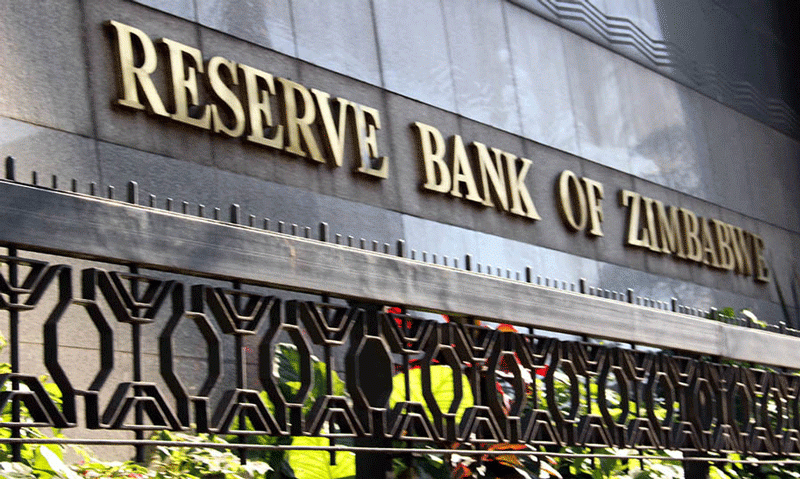
ZIMBABWEAN financial institutions have managed to keep the Non-Performing Loans (NPLs) low, with most banks reporting a NPL ratio of less than 2%.
In August, the Reserve Bank of Zimbabwe (RBZ) said NPLs for the sector averaged 1,5%.Banks have generally adopted a cautious approach to lending.
This follows the successful mop up of NPLs from the market by Zimbabwe Asset Management Company (Zamco) of US$1,2 billion. At the time of Zamco’s formation, the NPLs ratio had risen 20,45% against the internationally acceptable threshold of 5%.
A non-performing loan (NPL) is a credit that is in default due to the fact that the borrower has not made the scheduled payments for a specified period.
Banks are required by law to report their ratio of non-performing loans to total loans as a measure of determining credit risk and quality of outstanding loans.
A high ratio means that the bank is at a greater risk of loss if it does not recover the owed loan amounts, whereas a low ratio means that the outstanding loans present a low risk to the bank.
A look at the banking sector financial statements for the first half of the year 2022 showed that banks have been jittery to expand loan books due a number of factors, primarily the weak environment characterised by inflationary pressure.
During the period First Capital Bank’s asset quality remained satisfactory, with a loan loss ratio of 1,6% during the period against a non-performing loan ratio of 1,7%.
- Zim banks under siege
- In Conversation With Trevor: ‘Zimbabwe offers great opportunities’- Ciaran Brian McSharry
- Zim banks under siege
- Zim banks optimistic as capital deadline approaches
Keep Reading
For POSB the credit quality of the loan book also remained satisfactory as the NPL ratio closed the first half of the year at 0,99%. The liquidity ratio of the bank was maintained well above the regulatory minimum of 30% closing the year at 72%.
The NPLs acquisition by Zamco cleaned up and strengthened banks’ balance sheets and provided them with additional liquidity, which has enhanced their important financial intermediation role, including pooling savings and channelling those to productive economic activities.
The restructuring of NPLs also provided relief to borrowers whose fundamentals remained strong but required reasonable funding cost structure and appropriate loan repayment periods that could be accommodated in their cash flows.
Usually, banks classify loans as NPLs when repayment of principal and interest are due for more than 90 days or depending on the terms of the loan agreement.
During the period, ZB NPLs hovered around 5%.
Traditionally, funded income has been the cornerstone of banking as banks primarily exist to redistribute money from areas of surplus to areas of deficit, which essentially means loaning out deposits.
The income line’s contribution to total income has, however, diminished over the years, while banks’ funded income grew on a relative basis in nominal terms due to inflation. The fact that banks have cautiously avoided their traditional line of business has also contributed to the low NPLs.
During the same period Nedbanks’ credit loss ratio and NPLs stood at 1,27% and 1,04% respectively. For CABS NPLS were below 0,5% throughout the period despite the loan book’s growth by 30%.
Naturally a weak environment, such as the current one increases the risk of default on loans.
On the customer side, the allure of Zimbabwean dollar denominated loans in an environment that is dollarised has been significantly low, particularly for sectors such as mortgage.







